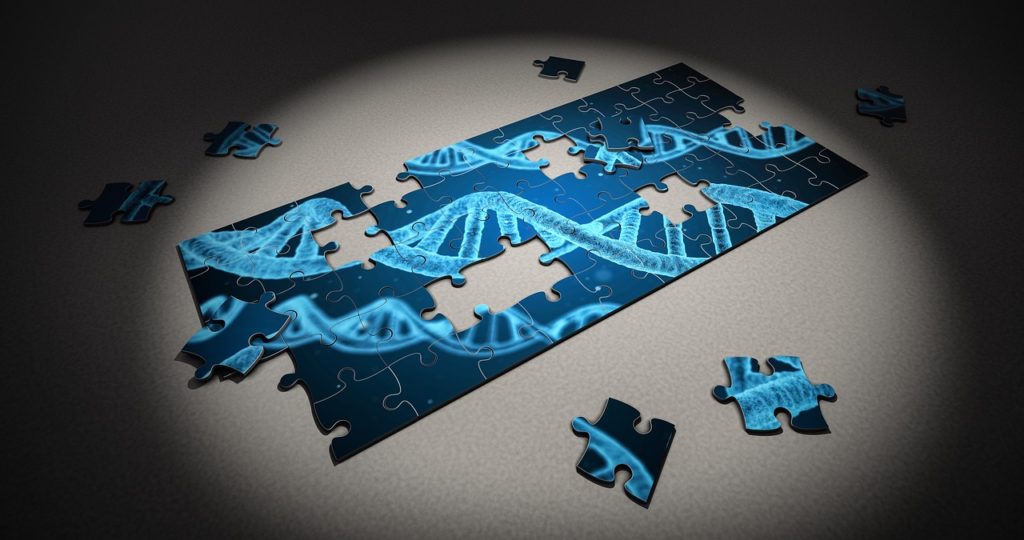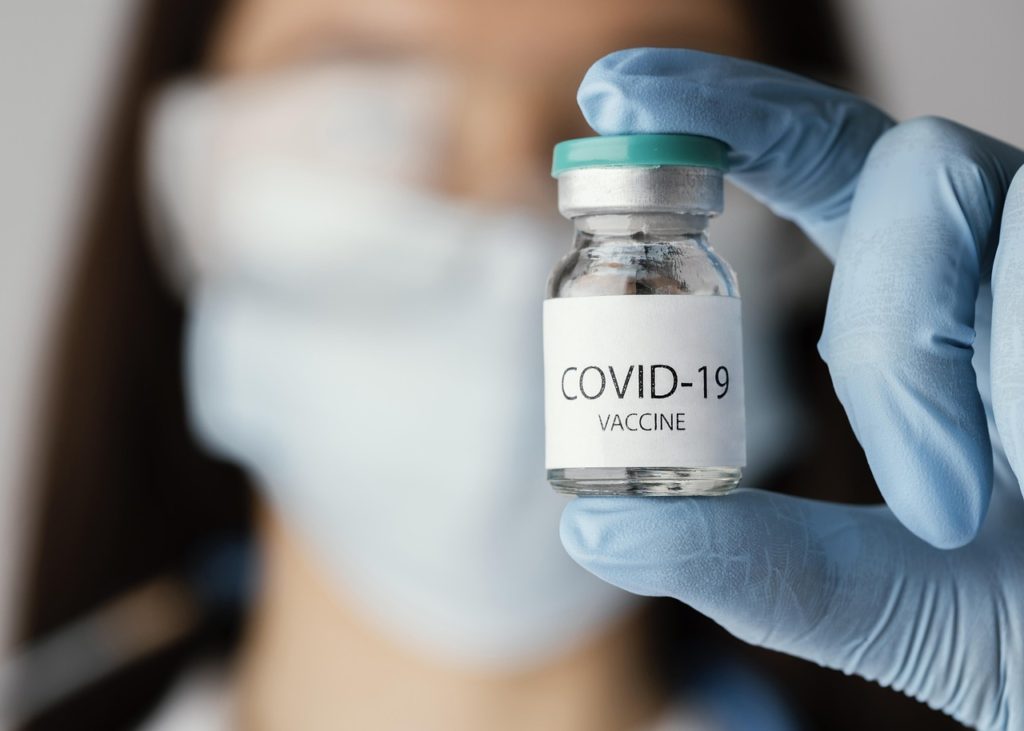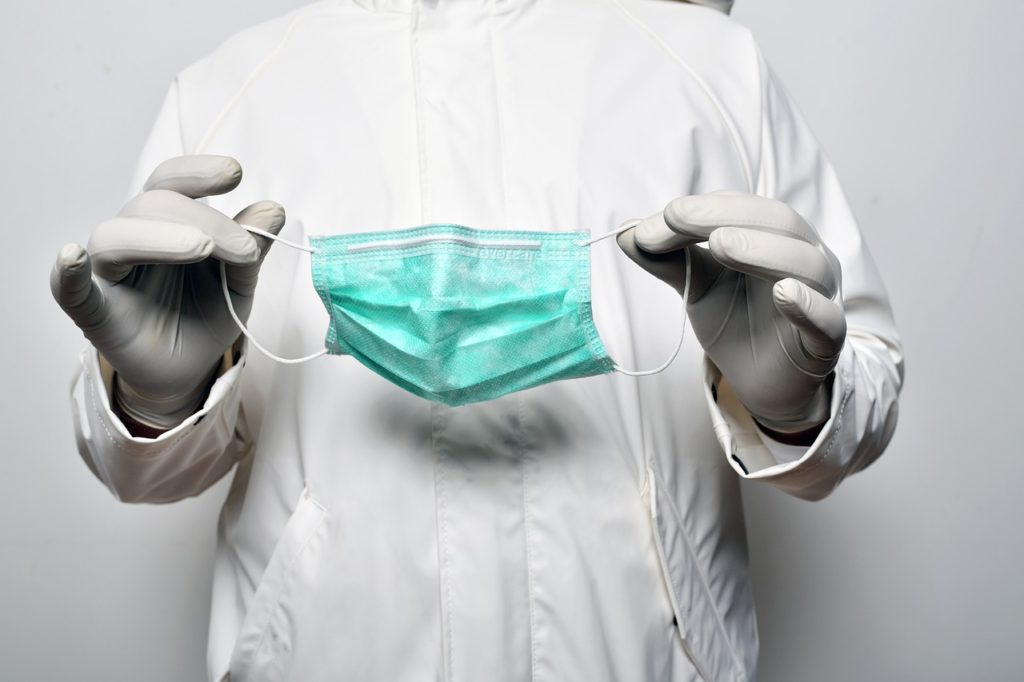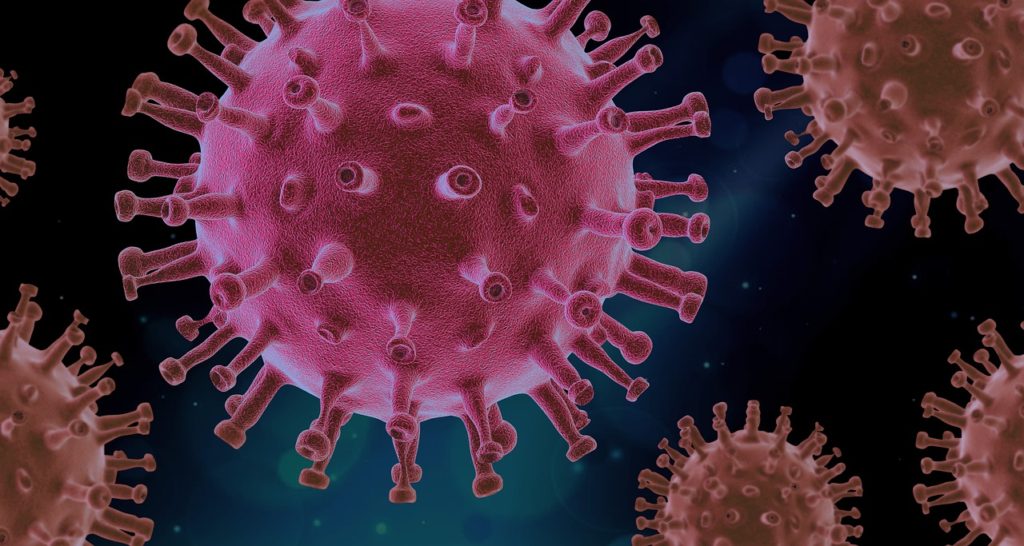This week I want to discuss the COVID-19 vaccine, a healthcare priority. Nurses are in an important position to provide education on vaccination. In this post, I will first review the basics of immunity. (I am an educator!) Then, I’ll highlight information nurses need on COVID-19 and vaccination.
COVID-19 is short for coronavirus disease 2019 caused from the SARS CoV-2 virus. The virus is in the same family of viruses as the SARS virus and some common cold viruses. It is an RNA virus, meaning its basic genetic makeup is single strand of RNA (ribonucleic acid). (The genetic make-up of humans is DNA, a double-stranded deoxyribonucleic acid molecule.) Viruses infect living organisms to replicate but cause illness in the process. COVID-19 infection is spread in respiratory droplets from one person to another. And, as we have found in the past year, is very contagious and can be life threatening.

To stop the spread so everyone to get back to their normal activities, our goal is to prevent the infection. Vaccination is the answer. Through vaccination, our bodies develop immunity, called immunization. How much do you recall about the immune system and immunization? Here is a review of the process.
Review: How Does the Immune System Work?
The body becomes immune to a pathogen by exposure. Our bodies have an immediate response to any injury, pathogens, or allergens. We have an innate immune response. The white blood cells or leukocytes provide this initial response. Then, our bodies will further adapt in specific ways to different types of pathogens. The adaptive immune response occurs through the activation of T and B-cells. These cells can remember the pathogen. They activate again if another exposure occurs. The B-cells become plasma and memory cells that manufacture antibodies. The T-cells also become sensitized to pathogens or allergens. They activate again if another exposure happens. For example, let’s say a person had measles or a measles vaccine. The body gets sensitized against the measles virus. If exposed again, B-cell memory cells activate. Antibodies are released to avoid a second infection.
The body responding to a pathogen and developing immunity is termed active natural immunity. It is one of four types of immunity. A newborn receives maternal antibodies from the mothers. The transfer occurs through the placenta and through breast milk. This type of immunity is termed passive natural immunity. Passive natural immunity is temporary.
We call the other two ways of developing immunity artificial. There are both active and passive artificial immunity, as well. Immunization exposes the body to a small or an inactivated version of the pathogen. The body will mount an immune response and leave us with infection-fighting antibodies. We call immunization active artificial immunity. The body is artificially exposed to the pathogen through the vaccine. Then, it goes through an active process to develop immunity. The other way we can provide immunity is to give a person antibodies from another person. This transfusion of antibodies from one person to another is passive artificial immunity. For example, a newborn exposed to hepatitis B from the mother is at risk of infection. To prevent the disease, the baby is given hepatitis B immune globulin. Immune globulin contains antibodies preventing the disease.

COVID-19 Vaccine
Let’s now look at COVID-19 treatment and prevention. Initial treatment for those with COVID-19 included two passive treatments. They are convalescent plasma infusions and administration of monoclonal antibodies. Convalescent plasma contains antibodies. We get it through blood donations from patients who have had COVID-19. Monoclonal antibodies are laboratory-created proteins to fight of a specific illness or type of cells. This treatment was first used to treat certain cancers. Now it also can treat COVID-19. These two treatments, with steroid administration, lessen the severity of the infection.
Through vaccination, we are providing active artificial immunity to COVID-19. As you know, three COVID-19 vaccines were approved in the by the FDA in the United States. The two-dose Pfizer and Moderna vaccines are actively being administered. They are termed mRNA (messenger RNA) vaccines. Johnson and Johnson’s single-dose vaccine was paused for further study but has now been resumed. It and similar vaccines that may come out in the future are a bit different, termed vector vaccines.
Here’s how the vaccines work. The mRNA vaccines are novel in that they fight against the RNA virus. They have a mRNA component in the vaccine but not the actual virus. This mRNA goes to our cells and tell our cells to create a protein called a spike protein. The spike protein like produced by the SARS-CoV-2 virus. This protein triggers an immune response as if we had COVID-19 infection. Our bodies produce antibodies against the COVID-19 virus. So, if we have the vaccine, we develop antibodies. If exposed to the virus causing COVID-19, we will have an immune response against the virus. This will prevent infection or decrease the severity of the infection. (The vaccines are not 100% effective.)
Vector vaccines vary a bit in how they work. They contain a modified version of a different but similar virus. This harmless virus causes the cells to make a spike protein. The body then recognizes the spike proteins as foreign. Antibodies develop against them. If a future COVID virus exposure occurs, antibodies will be developed to prevent infection, as with the mRNA vaccines. This action is similar to the mRNA vaccines’ activity.
So, what more do nurses need to know about vaccination? Effectiveness is important to know. The Pfizer and Moderna vaccines have effectiveness of approximately 95%. The Johnson and Johnson vaccine has an approximate 72% effectiveness. (It was “paused” to further study a blood clotting complication but has now been resumed. I have seen effectiveness values ranging from 66%-72%.)

Nursing Considerations for the Vaccines
Other teaching points for the vaccines include patient screening questions:
- When receiving the vaccine, a person can’t be acutely ill.
- There shouldn’t be recent exposure to COVID-19.
- The person should not be allergic to any components of the vaccine.
- The person shouldn’t have had a adverse reaction to a vaccine or have history of anaphylactic reaction.
- If a person can’t have received passive antibody treatment (monoclonal antibodies) or convalescent plasma for treatment of the vaccine within the last 90 days. (Active COVID-19 antibodies last up to 90 days and would decrease response to the vaccine.)
- No other vaccine should have been received within the last 14 days. (The body’s immune system should focus on one pathogen at a time for best response to the vaccine.)
The CDC has developed a checklist with all these contraindications listed for efficient screening.
Avoid anti-inflammatory medications before and shortly after the vaccination if possible. These medications may blunt the immune response to the vaccine. After full vaccination, immunity to COVID-19 occurs in 2 weeks. Kits with the vaccines and administration equipment are provided to the sites. Follow manufacturer guidelines for storage and administration. The immunization is given intramuscularly in the deltoid muscle. Patients receive a card verifying administration, type of vaccine, lot number and date.
Side effects of the vaccine include discomfort at the injection site, fatigue, headache, muscle aching, nausea, and fever. Side effects generally last up to 2-3 days. However, anaphylactic reaction can occur. Monitor patients for at least 15 minutes after the vaccine. The vaccines must be given at a site having emergency equipment available.
Advise patients to wear a mask after they are vaccinated. The reason is to prevent transmission to others. A person may not contract the illness after vaccination but may come in contact with the virus and pass it to others. The vaccine companies continue to study this issue with more to come. Information about the variants of the virus and reimmunization will be coming, too.
Nurses may choose against receiving the vaccine. But, they will be asked by patients about vaccination. Nurses working with patients need to be knowledgeable on this topic. Screening and proper administration are vital for patient safety. Review of the pathophysiology and vaccination process help keep us prepared.. Only through knowledge can nurses provide priority care during the pandemic.
Resources:
Please see the CDC education and training sites for more information on the vaccine.
For more information on herd immunity, see this Mayo Clinic resource.
(The information is accurate as of 04/27/2021.)

